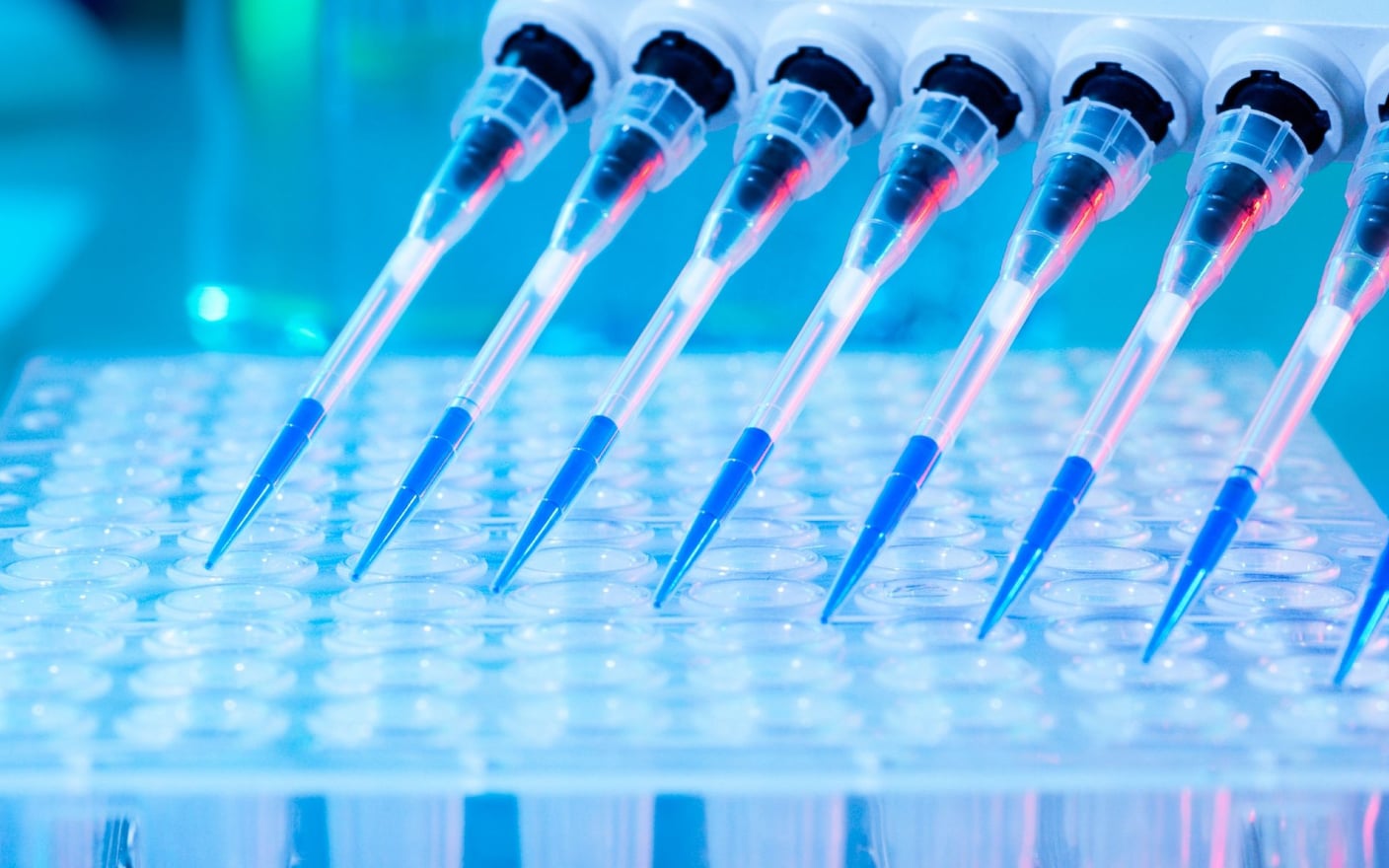Metabolic stability is the susceptibility of compounds to biotransformation, which has a major impact on the efficacy and safety of drugs. Here are five assays that evaluate metabolic stability in the drug development process.
In vitro ADME testing provides helpful insights into the DMPK properties of a drug candidate. In particular: metabolism, which describes how the body breaks down a compound in organs such as the liver, kidney, gut, or skin.
Understanding how a drug is metabolized and how its metabolites impact the body is on the critical path for successful drug development. This is because the presence of certain metabolites can pose safety risk to patients, and not catching them early can mean significant delays and other developmental challenges.
Evaluating Metabolic Stability in Drug Development: 5 Assays
Metabolic stability refers to evaluating the ability of biotransformation (metabolism) of a compound when exposed to enzymes in the body.
During the early lead optimization stages of drug development and again as a part of IND-enabling testing, researchers use a series of in vitro metabolic stability assays to evaluate the elimination rate of a drug candidate metabolized by enzymes in the body. This provides a picture of the potential a compound might have to metabolize into inactive or toxic metabolites, which can have implications on efficacy and safety.
Below, we cover five assays that help researchers study metabolic stability. To understand these assays, here are a few key terms to know:
Clearance of a compound: refers to the rate at which the body eliminates the compound from the body, focusing on the mechanisms that are intrinsic to the compound itself (excluding external factors like organ size).
Phase I enzymes: introduce new groups or remove original small groups on drug molecules, such as oxidation, reduction, and hydrolysis.
Phase II enzymes: facilitate drug metabolism by combining the compound or its phase I metabolites with endogenous molecules to help with elimination.
#1. Liver Microsomal Stability
Liver microsomes are subcellular fractions of liver cells that contain a high concentration of enzymes responsible for metabolizing compounds.
Liver microsomal stability measures the in vitro intrinsic clearance of a compound after incubating with liver microsomes for a certain time under certain conditions. Liver microsomal stability is a widely used model that characterizes the metabolic conversion by phase I enzymes, such as cytochrome P450 (CYP) enzymes and flavin-containing monooxygenase (FMO) enzymes.
#2. Liver Cytosol Stability
A liver cytosol is a subcellular fraction of a liver cell containing the cytoplasmic components of the cell. The cytosol is the fluid portion of the cytoplasm, composed of water, ions, small molecules, and a variety of proteins, including many enzymes involved in metabolic pathways. Many metabolic reactions occur in the cytosol, such as glycolysis, fatty acid synthesis, amino acid metabolism, and cell synthesis.
The liver cytosol stability assay measures the in vitro intrinsic clearance of a compound after incubating with liver cytosol for a certain time under certain conditions. The assay is used to characterize the metabolic conversion by glutathione transferase (GST) and aldehyde oxidase (AO).
#3. Liver S9 Stability
Liver S9 includes both the cytosolic and microsomal components of liver cells. The liver S9 stability assay measures the in vitro intrinsic clearance of a compound after incubating with liver S9.
The liver S9 stability assay characterizes the metabolic conversion by phase I and phase II enzymes, such as cytochrome P450 (CYP) enzymes, glucuronyl transferase (UGT), sulfotransferase (SULT), and glutathione transferase (GST).
#4. Hepatocyte Stability
A hepatocyte is a specialized cell that makes up most of the functional liver tissue. Hepatocytes are involved in various metabolic processes, including detoxification, nutrient metabolism, and bile production.
Hepatocyte stability measures the intrinsic clearance of a compound after incubating with hepatocytes. This is a powerful tool in the drug development process, providing essential information about the metabolic stability, safety, and pharmacokinetics of new drug candidates. By identifying potential issues early in the development process, hepatocyte stability tests can improve the chances of successfully bringing a new drug to market.
#5. Extrahepatic Metabolism Stability
Extrahepatic metabolism stability measures metabolism stability in any organ or tissue other than the liver, such as the intestine, lung, kidney, plasma, or whole blood. Just like the liver metabolism assays, extrahepatic metabolism stability assays involve incubating the subcellular fractions (S9 and microsomes) to obtain the intrinsic clearance of a compound.
Conclusion
Drug metabolism is a critical and complex process, in which drugs are structurally transformed under the catalysis of drug-metabolizing enzymes after absorption and distribution. This process represents a major elimination route of most drugs from the body.
Researching the metabolic process of drugs is important because it helps improve in vivo pharmacokinetic properties, such as:
Reducing the systemic clearance of drugs
Increasing the oral bioavailability
Addressing the potential metabolism-related issues
Predicting the human dose
Committed to accelerating drug discovery and development, we offer a full range of discovery screening, preclinical development, clinical drug metabolism, and pharmacokinetic (DMPK) platforms and services. With research facilities in the United States (New Jersey) and China (Shanghai, Suzhou, Nanjing, and Nantong), 1,000+ scientists, and over fifteen years of experience in Investigational New Drug (IND) application, our DMPK team at WuXi AppTec are serving 1,500+ global clients, and have successfully supported 1,200+ IND applications.
Talk to a WuXi AppTec expert today to get the support you need to achieve your drug development goals.
Stay Connected
Keep up with the latest news and insights.












